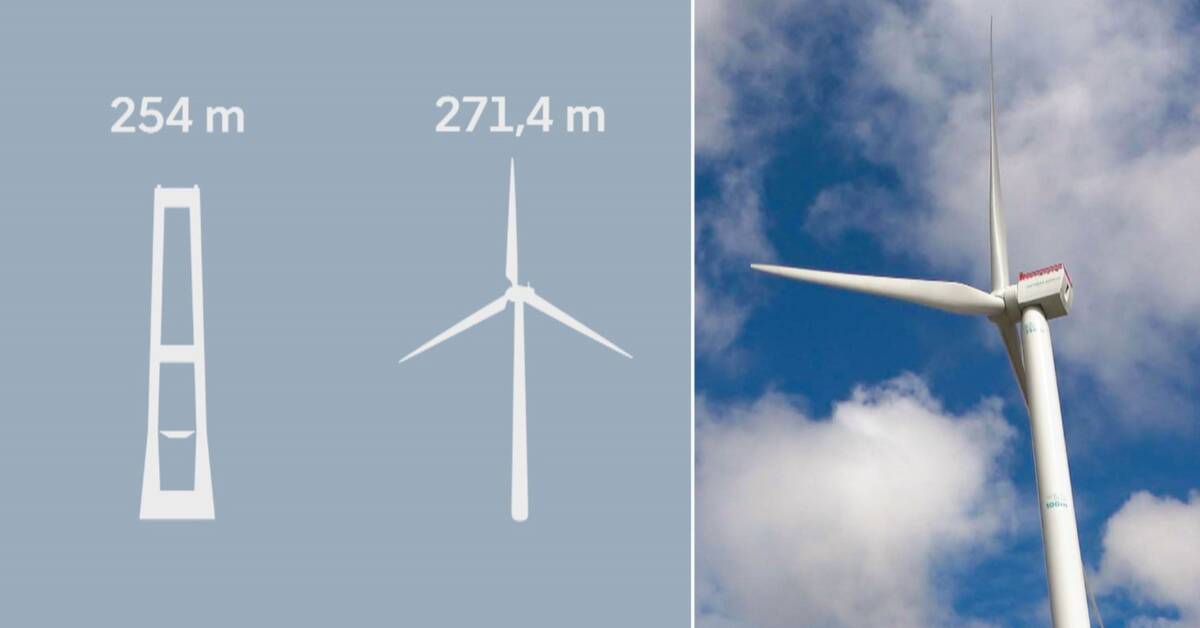From the ground to when the wingtip is straight up, it is just over 271 meters.
At Österild test center in northeastern Jutland, there is room for nine offshore wind turbines.
- It is the world's largest that is behind this, says Peter Musgaard Sauer who is the coordinator at the visitor center.
Recently, the Danish parliament decided on a multiplication of solar and wind power - even with a view to Europe.
Investment in renewable energy
At a North Sea summit in May in Esbjerg, Denmark, Denmark, Germany, the Netherlands and Belgium signed a declaration to tenfold the capacity of wind power in the North Sea by 2050. According to the Danish Ministry of the Environment and Energy, it can supply up to 230 million households with electricity.
- We all share a vision of making the North Sea a green force field, said the Danish Prime Minister Mette Frederiksen (S).
The Esbjerg Declaration is part of the EU's effort to reduce dependence on oil and gas and invest in renewable energy.
Energy islands
One way to take care of the energy and send it ashore is through so-called energy islands.
- We can not continue to put the wind turbines close to the coast - we have to get out where the wind blows, says Mogens Hagelskaer, deputy director at the Danish Energy Agency, who leads the work with the energy islands.
An artificial island is being built in the North Sea, 80 km from the coast, and Bornholm is being used.
In the first stage, the offshore wind farms around the islands will be able to supply electricity to at least five million households.
The energy island is a hub for transporting large amounts of energy in the most efficient and cost-effective way, even to neighboring countries.
- We want to do it as a trade route between Denmark and Germany, the Netherlands and Belgium and maybe more, says Mogens Hagelskaer.
Protests against the project
The surplus must be able to be converted into other fuel.
Not all technology is available yet and long permit processes are waiting.
These are costly and difficult projects and there is as much protest in Denmark as elsewhere against wind power.
- We have not been very good at dialogue because we have hidden it for many years because we have not had it on such a large scale as we are heading towards and the answer is not quite there yet, says Mogens Hagelskaer.

